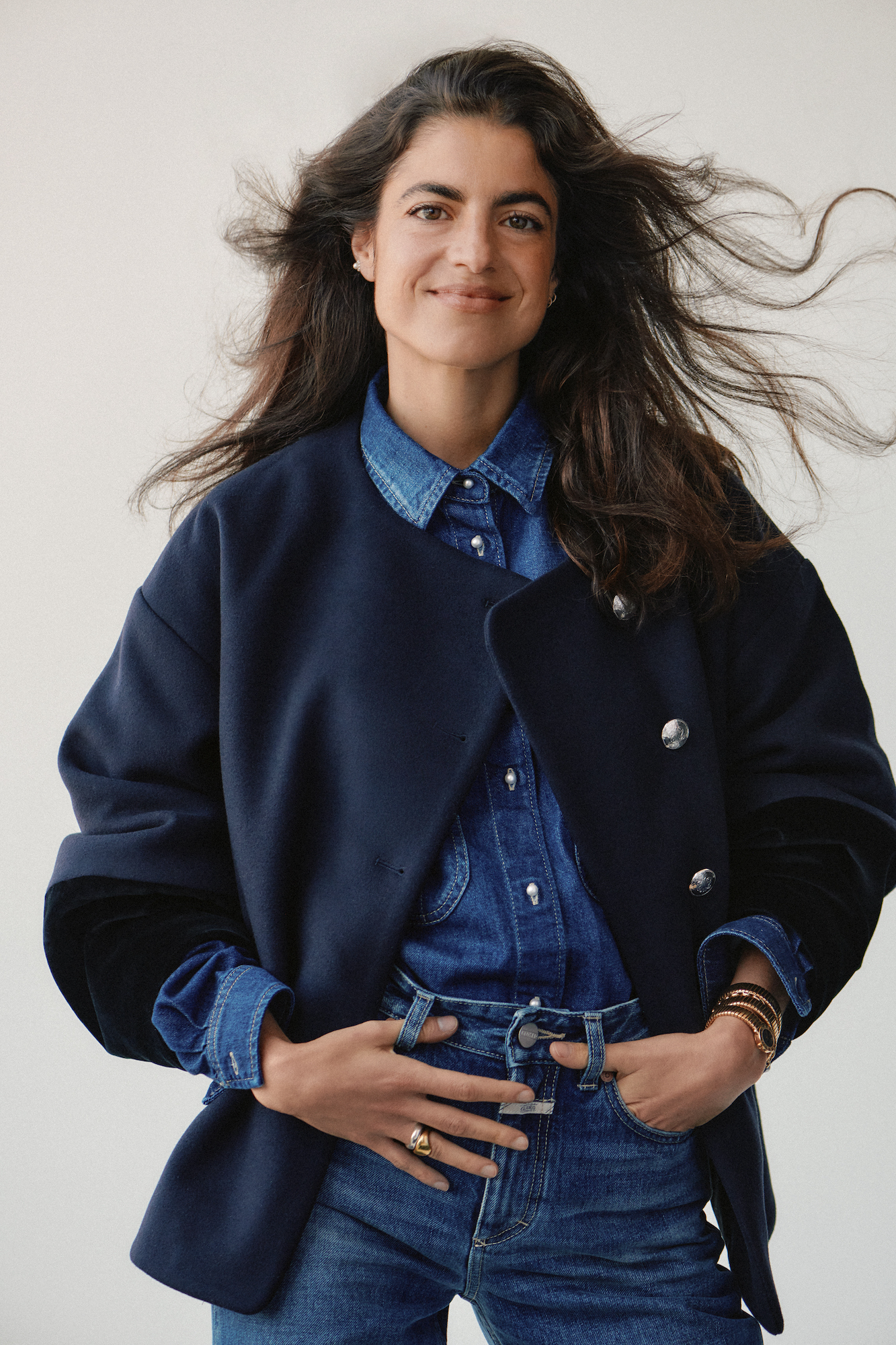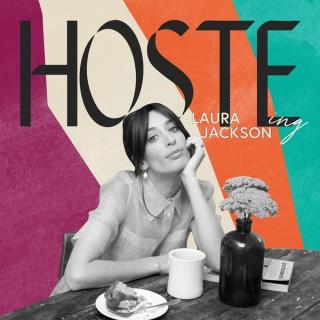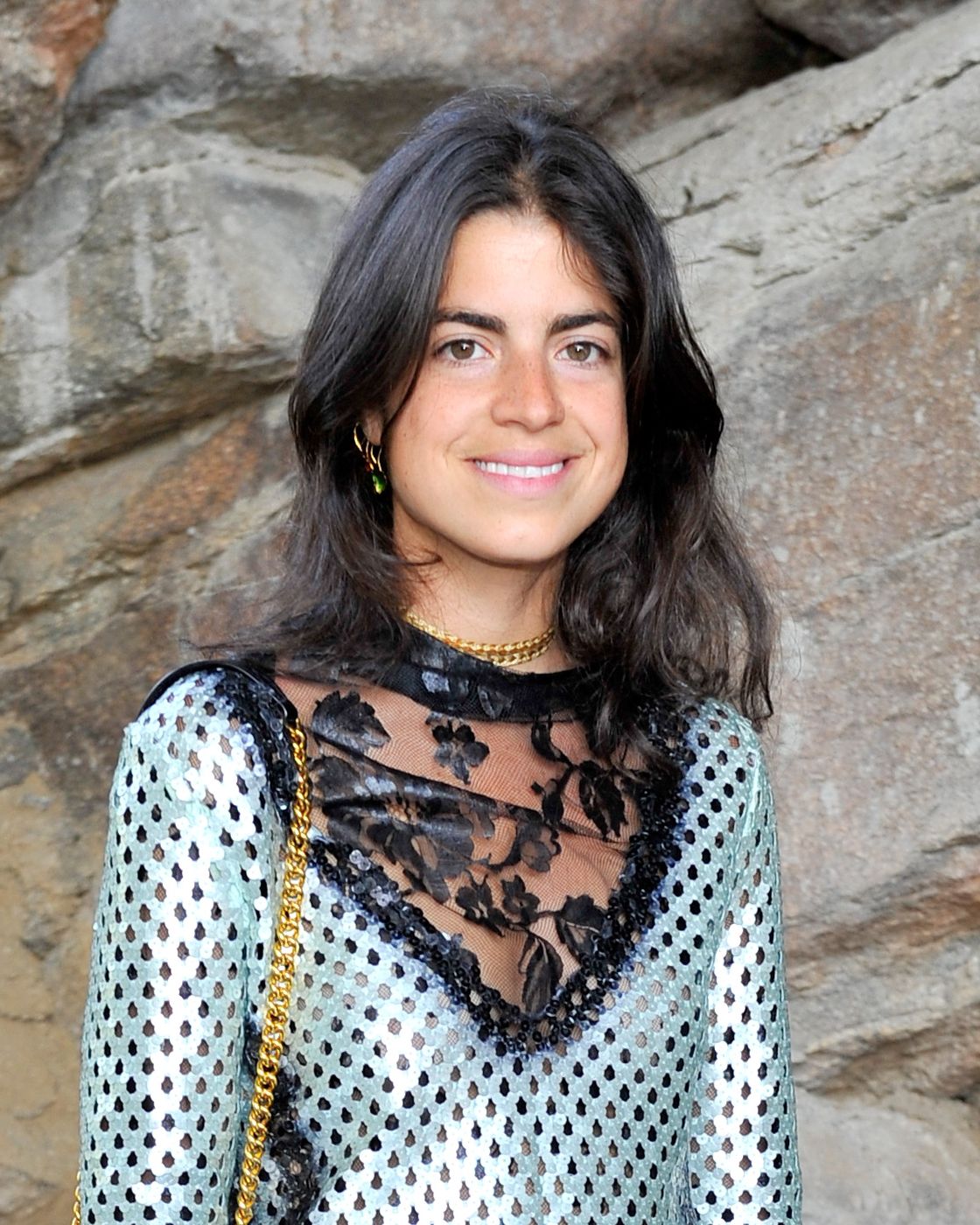
Perhaps that’s because it always seemed to be more about the iconography and lifestyle than the writing-though some of the writing was occasionally good, too. It’s one of the only publications I can recall whose employees promoted their work more on Instagram than on Twitter. It was marked by monochrome outfits, mirror selfies, minimalist nightstands, confessional captions, long hashtags, block letters, french bulldogs, screenshots, scarves tied seven ways, staged shoes, staged fruit, stick-and-pokes, runny yolks, film stills, highlighter, red lipstick, burnt orange, beaded bags, bucket hats, Brooklyn. Anyone who read the website’s confessional personal essays and recommendation listicles probably arrived there via the app, where the publication displayed its distinct visual narrative. Instagram was Man Repeller’s command center. Being a Man Repeller employee had so much internet cache that at least one of its former writers has been able to build her own editorial media authority by relying on the Instagram audience she cultivated while working there.

Whiteness and an elite liberal arts education were high on the culture fit checklist as well, but it’s “the vibe” that was most overt the thing that allowed people with amorphous titles like “brand director,” “headquarters coordinator,” and “social associate” to become Instagram influencers simply by associating themselves with the brand and adopting its aesthetic vocabulary. This aura of individuality, perhaps paradoxically, was the common trait that seemed to be a prerequisite for working at Man Repeller. Man Repeller-the website that began as her personal fashion blog and quickly evolved into a popular women’s media brand-naturally developed a similar sensibility. She was unabashed: vivacious energy, unbrushed hair, untouched eye bags, a humorous writing style, and most notably, eccentric outfit combinations.

Explicitly, it was to create a space where women could express themselves, a practice she encouraged through her own sense of shamelessness. It was always clear she was wealthy, but her project was more complex than brand or lifestyle flaunt. The impression Leandra had on me throughout her heyday was never one of ostentation, but rather unruffled confidence. We’re warped all the way to the top.” Reading Paskin’s conclusion in a cold-induced fugue state, I recognized the statement as easily swappable for the ending of a story about Leandra Medine Cohen, the other Upper East Side cultural phenomenon receiving rebuke on Twitter that day.

In a recent review of the Gossip Girl reboot, television critic Willa Paskin ended her dispatch on privileged youth with a lofty elegy: “In American life, no matter how much money a person has, there’s no one who doesn’t want more of it.


 0 kommentar(er)
0 kommentar(er)
